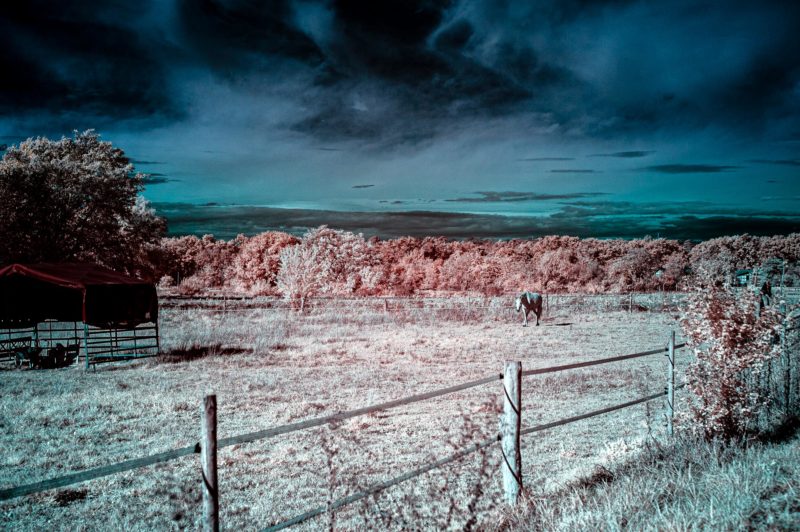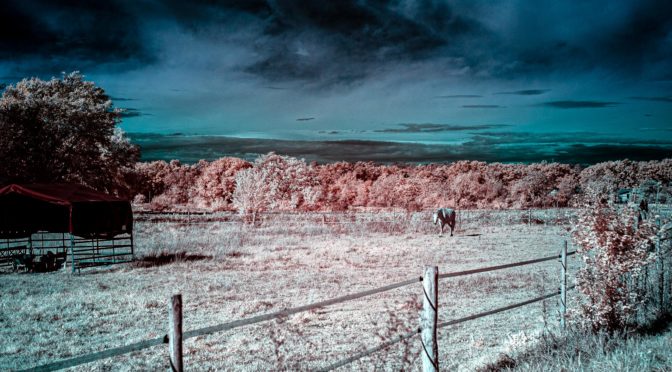


For more infrared exposures please visit the gallerie INFRARED.
Infrared photography is a technique that involves capturing images using infrared light, which is light that is outside the visible spectrum of light that our eyes can see. Infrared light has longer wavelengths than visible light, and is typically captured using special cameras or filters that are sensitive to this type of light.
In infrared photography, the camera is modified to capture the infrared light instead of visible light, or a filter is placed in front of the camera lens to block visible light and only allow infrared light to reach the sensor. The resulting images often have a unique and otherworldly appearance, with different tones of white, black and shades of grey.
Infrared photography is often used to create interesting and creative images in landscapes, nature, and fine art photography, but it can also have practical applications such as forensic science, medicine, and military reconnaissance.
Infrared photography can be done in black and white or color, and post-processing is usually required to achieve the desired effect. It is a technique that requires some experience and knowledge of the equipment and post-processing, but it can lead to beautiful and striking images.
Bei der Infrarotfotografie werden Bilder mit Hilfe von Infrarotlicht aufgenommen, das außerhalb des sichtbaren Lichtspektrums liegt, das unsere Augen wahrnehmen können. Infrarotlicht hat längere Wellenlängen als sichtbares Licht und wird in der Regel mit speziellen Kameras oder Filtern aufgenommen, die für diese Art von Licht empfindlich sind.
Bei der Infrarotfotografie wird die Kamera so modifiziert, dass sie das Infrarotlicht anstelle des sichtbaren Lichts aufnimmt, oder es wird ein Filter vor das Kameraobjektiv gesetzt, um das sichtbare Licht zu blockieren und nur das Infrarotlicht auf den Sensor zu lassen. Die daraus resultierenden Bilder haben oft ein einzigartiges und unwirkliches Aussehen, mit verschiedenen Weiß-, Schwarz- und Grautönen.
Die Infrarotfotografie wird häufig zur Erstellung interessanter und kreativer Bilder in der Landschafts-, Natur- und Kunstfotografie eingesetzt, kann aber auch praktische Anwendungen in der Forensik, Medizin und militärischen Aufklärung finden.
Die Infrarotfotografie kann in Schwarzweiß oder in Farbe durchgeführt werden, und in der Regel ist eine Nachbearbeitung erforderlich, um den gewünschten Effekt zu erzielen. Diese Technik erfordert einige Erfahrung und Kenntnisse über die Ausrüstung und die Nachbearbeitung, aber sie kann zu schönen und eindrucksvollen Bildern führen.



